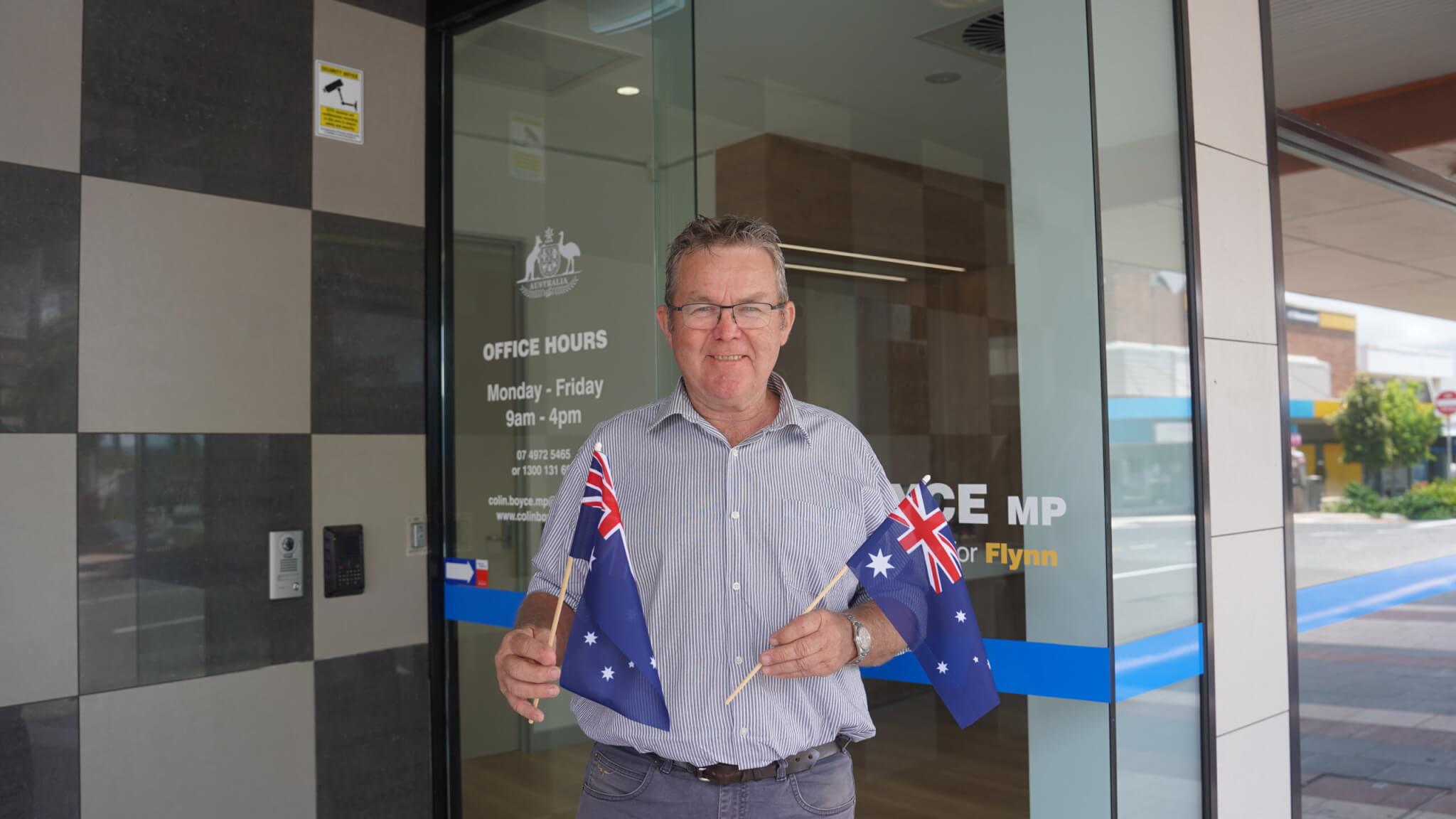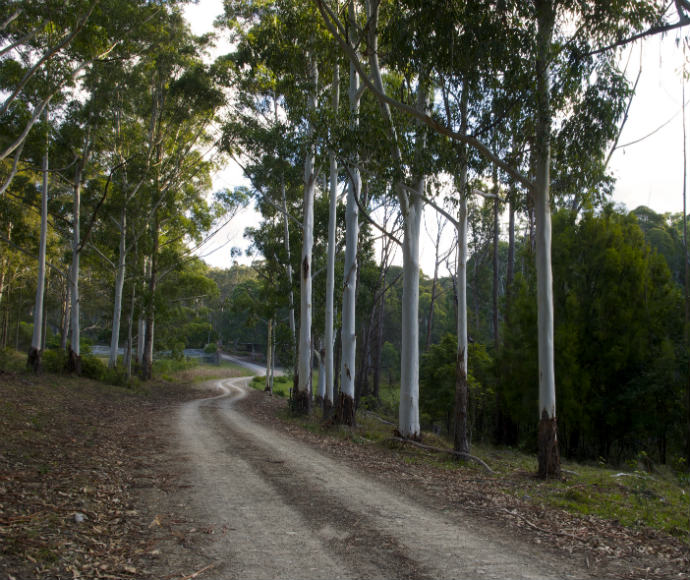The Palaszczuk governments sixth budget will mean Queensland will start to exit the pandemic and its consequences with the lowest debt on the east coast.
Treasurer and Minister for Investment Cameron Dick said the Budget shows that Queensland will beat New South Wales and Victoria on all key metrics of debt such as net debt, gross general government debt, general government debt to revenue, total debt (including debt held by government corporations), and total debt to revenue.
“Queensland’s strong health and borders response has ensured Queensland’s economy has outperformed the other major states, and therefore Queensland’s debt will be lower as we start to exit the pandemic and its consequences”
“The COVID-19 crisis has vindicated the Palaszczuk Government’s fiscal strategy, because keeping our incoming-generating assets has kept dividends in public coffers, putting downward pressure on debt”
Key debt metrics as at 2023-2024 include:
- Net Debt: Victoria $87 billion, NSW $93 billion, Queensland $68 billion
- Net Debt to revenue: Victoria 190%, NSW 112%, Queensland 77%
- Total debt (including Government corporation debt), Victoria $192 billion, NSW $191 billion, Queensland $130 billion
- Total debt to revenue (including Government corporations), Victoria 226%, NSW 195%, Queensland 172%
Mr Dick said the Government will continue to drive savings to reduce the need for borrowings and to ensure taxpayer dollars are focused where they are most needed.
“We are currently 42 per cent of the way through the financial year, but we have achieved 47 per cent or $352.2 million of our savings target for 2020-21 ($750 million) through a range of measures including savings through reductions on agency expenditure such as travel, contractors and consultants,” said Mr Dick.
“Savings will continue to be achieved by focusing on core tasks, ensuring government resources are directed to where they are needed most.
“Six workstreams have been established to progress measures under the Savings and Debt Plan, with a focus on marketing and government advertising, accommodation efficiencies, data and ICT projects, workforce, structural reform opportunities and agency functional reviews.”
The Treasurer said some of the key savings target areas were to maintain department staffing levels within approved caps (excluding frontline requirements); lapsing time-limited programs; and stopping marketing activities other than public and road safety, tourism promotion, investment attraction or Queensland economic recovery initiatives.
Mr Dick said there would still be a focus on maintaining the effective frontline services needed to support Queenslanders.
“This includes limiting secondments of frontline workers to back-office roles and identifying opportunities for roles to be reallocated to frontline tasks; examining all uses of consultants and contractors; and strengthening oversight of non-frontline recruitment, along with a natural reduction of senior executive service roles,” he said.
“There is already a six month freeze on new ICT projects, except those related to critical safety or cybersecurity.
“The Savings and Debt Plan also includes a focus on greater utilisation of existing government buildings including encouraging public servants to work closer to home.”
Mr Dick said another key factor of the government’s balance sheet management was the creation of the Queensland Future Fund – Debt Retirement Fund (DRF).
The Budget factors in over $5 billion of seed funding including the Titles Registry, equities, and a contribution sourced from the long-term assets set aside for the Defined Benefit Superannuation Scheme liabilities.
The DRF is expected to be established by 30 June 2021.
Visit the Budget webpage to learn more and access an interactive map of Budget initiatives across Queensland.








